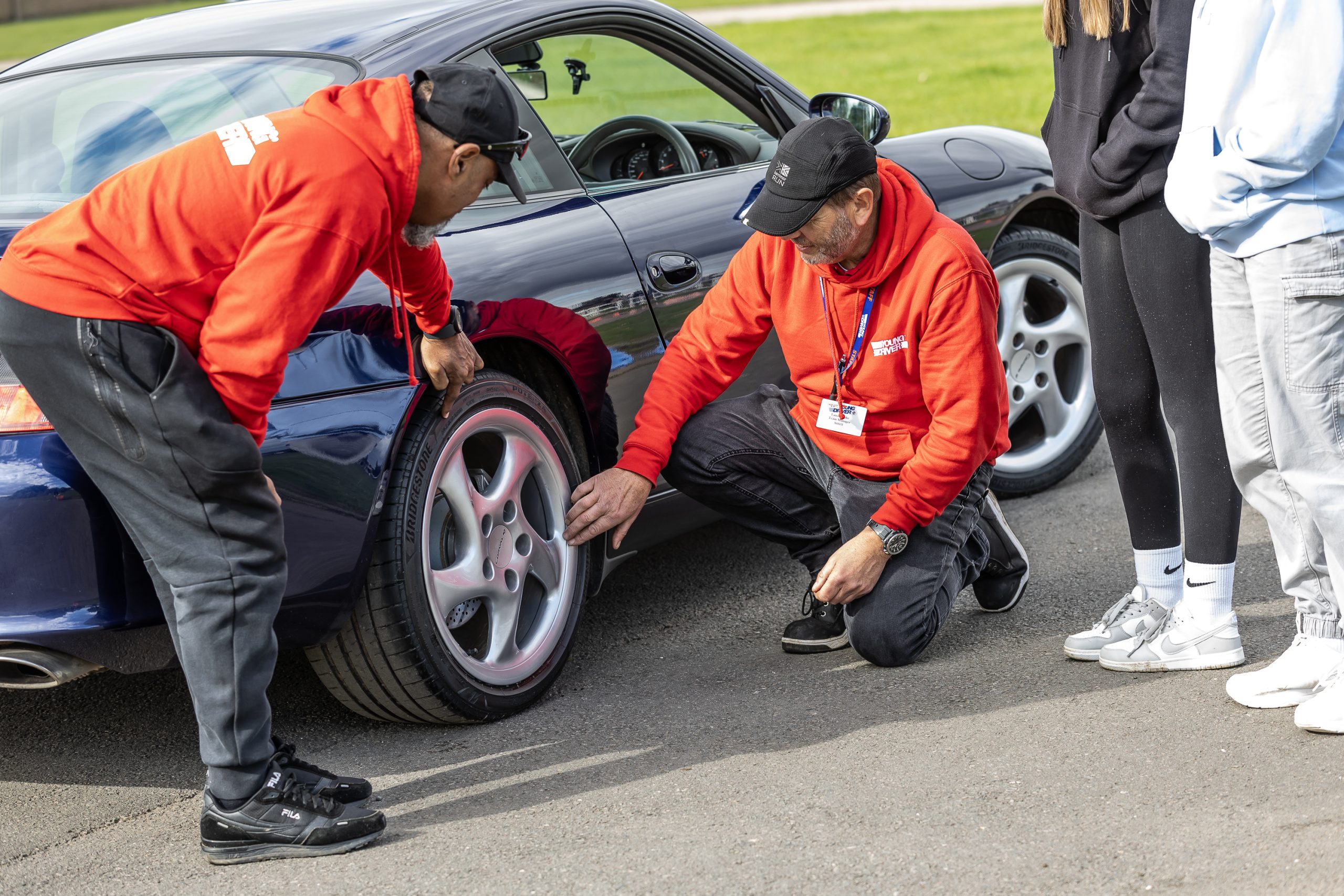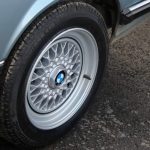Author: John-Joe Vollans
Photography: Newspress UK/Bridgestone/StartRescue/Vauxhall
If your experience of the old car hobby is anything like mine, you’ll probably recognise this scenario… You’re viewing a car – either at a show or a dealership – that’s been polished to the point that it hurts your eyes to look directly at it. Its custodian seems to have made every outward effort to ensure his/her classic looks as cared for as possible. Your eyes move down to its refurbished wheels, equally gleaming, and suddenly you see through the illusion. What’s ruined, in an instant, the veneer of care are the rock hard, budget or ancient (sometimes all three) tyres wrapped around those recently restored rims.
Like a cheap/expensive suit, a set of tyres says a lot about the real care levelled at your pride and joy. The temptation to fit, or simply leave, sub-standard rubber in place might initially appear forgivable – especially if your annual use consists of merely trundling over to the next village once or twice a year for a leisurely drive on the odd sunny Sunday afternoon. However, if you stop for even a millisecond to think about it, leaving lousy tyres on any car, no matter its use, makes no sense at all…

Obvious as it may seem, it’s remarkable how little attention many drivers pay to the condition of their tyres. We’ve all seen the atrocities in rubber – usually bald and sat under modern two-ton SUVs – badly parked at your local supermarket, although classic owners are far from immune from committing similar sins.
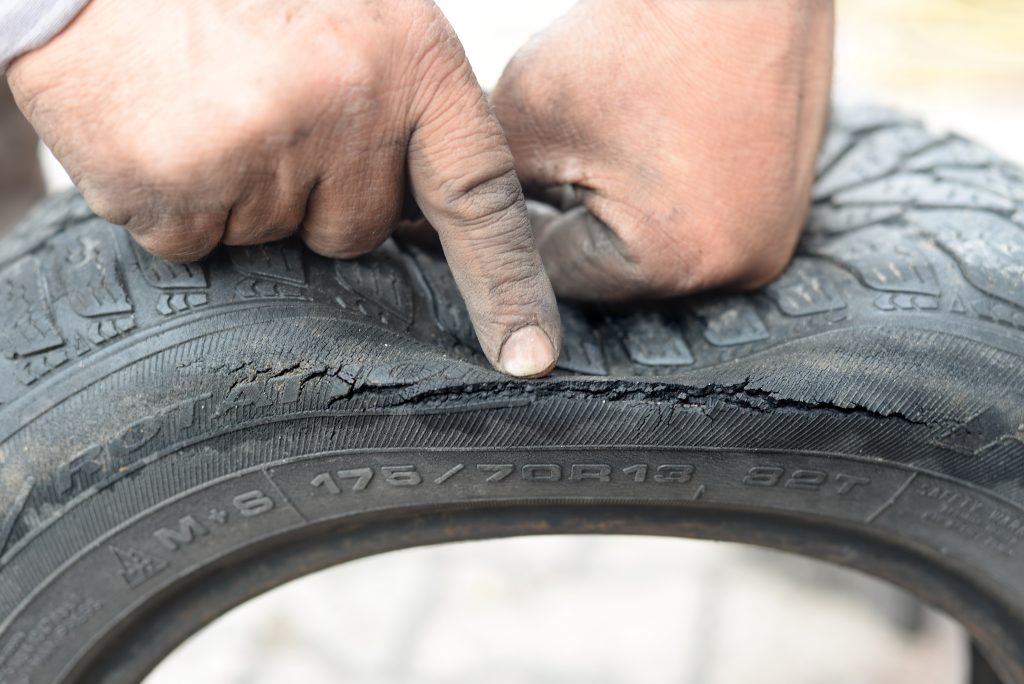
Tread depth, while important – along with inflation – is the easiest element of a tyre’s condition to ascertain from a quick glance. A tyre’s ability to disperse water – and therefore avoid the horrors of aquaplaning – is largely dictated by its tread pattern and depth. When picking your rubber, the former should be carefully considered. For example, do you use your classic exclusively during the summer months or year-round? Not that the former – especially in the UK – guarantees too many dry drives!
In my experience, a lot of owners also seem to think that because they don’t have a high-performance classic, or their driving style’s more sedate, they don’t need grippy tyres. True, while you’re unlikely to ‘need’ a soft-compound, semi-slick track tyre for your Morris Minor Traveller, remember that the better a tyre’s grip the more effectively it can stop. No matter what and how you drive, when you’re presented with an emergency – stopping to avoid hitting a pedestrian, pet or wild animal for example – you’ll certainly appreciate that shorter distance or, at best, curse going for a budget option. Well-trodden cliché it might be, but it’s nonetheless true that your tyres are the only part of your classic that’s actually in contact with the ground.
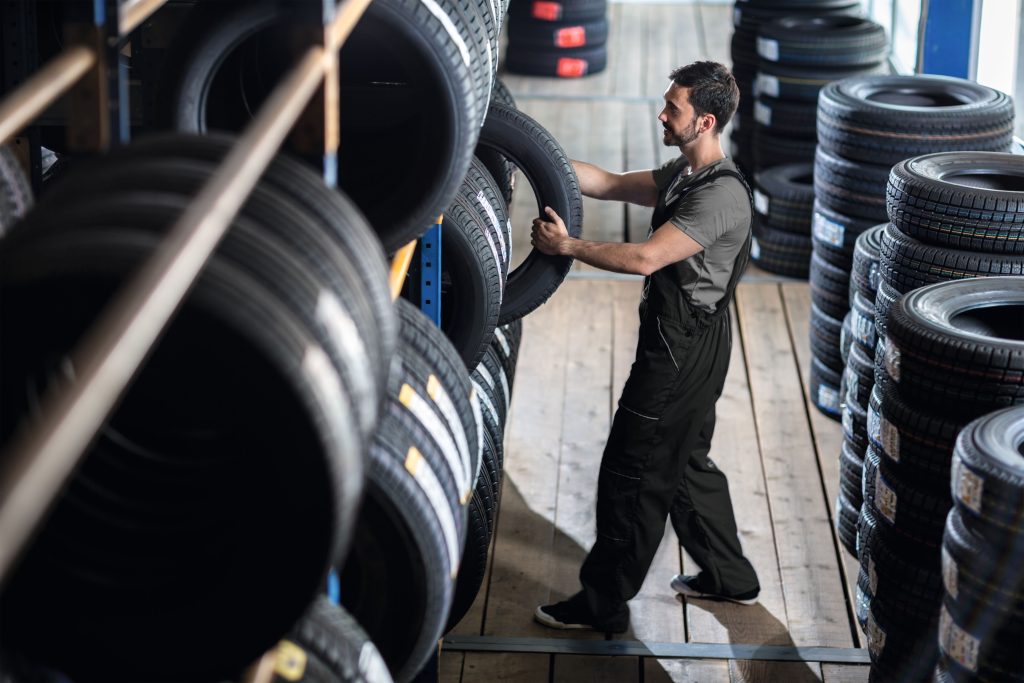
So, you’ve bought the best-rated tyres your budget allows, from a well-respected and reviewed maker, but that doesn’t mean you can ignore them for the next ten years or 20,000 miles, whichever comes first. That neatly brings us to the age of tyres. Rubber ‘goes off’, while it might not fail completely, its relationship between the tread and the underlying tyre structure is constantly decaying. Worst case, rubber can detach from the steel belts that are essential to a tyre’s rigidity and performance. Degradation is often given away by cracking to the tyre surface, but also occurs within its inner structure. That’s why it’s essential to identify the four digits on the sidewall – within an oval-shaped indicator – as these show when a tyre was ‘born’. Remember, just because you’ve laid up your classic for a while, that doesn’t mean the tyre has stopped degrading. If it’s stored (outside or inside) and sat for an extended period, the degradation rate can actually increase. Post-2000 (three digits before then) the first two numbers indicate the week of manufacture (0-52), with the second two indicating the year (25). The accepted rule of thumb is that you should change your tyres when they reach a maximum of ten years, regardless of their tread depth or physical appearance. Clearly, if you’re using your classic regularly, tread depth (1.6mm minimum across the centre three-quarters in the UK) will likely require you to swap them out before then anyway. Ideally, replace all your tyres at the same time and with the same type, as that ensures the most predictable levels of grip and longevity at each corner – as a minimum replace them in axle sets.
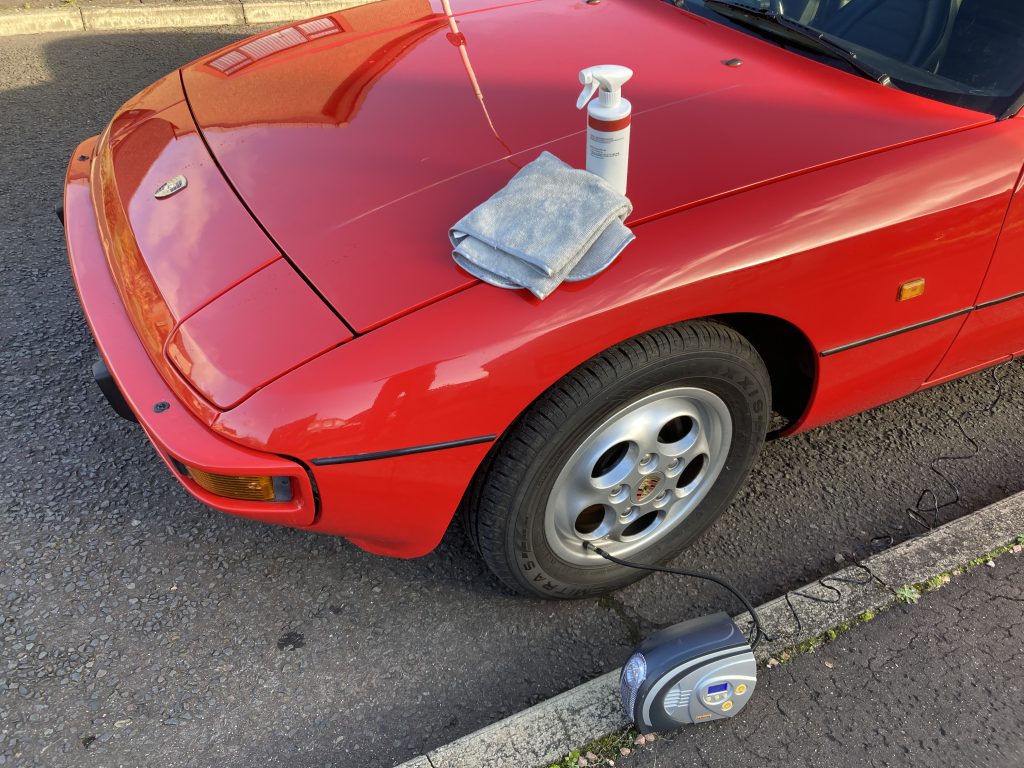
Another important check that’s often overlooked – especially by the general motoring public – are tyre pressures. It’s worth also pointing out here that an underinflated tyre is just as bad as an overinflated one. Although, anecdotally, the former seems to be far more common; again, glance around your local supermarket car park to prove that one. It might seem obvious, but an underinflated tyre will wear its outer edges (and side wall) prematurely, while overinflated tyres will wear across the centre of the tread pattern. Either way, driving on incorrectly inflated tyres will greatly reduce that tyre’s working life, costing you more money, sooner – not to mention the added cost from decreased economy (underinflation).
Regular (weekly or monthly at least) checks of your tyres should be part of any enthusiast’s tyre maintenance checklist. Beyond the safety aspect, the importance of which can’t be overstated, tyres are also great indicators of any steering or suspension issues. Uneven tread wear, especially to inner and outer edges of the tread pattern, indicates sloppy or poorly aligned components that need further investigation.
I’m sure most of you already do, but if you haven’t inspected or even thought about your tyres for a while, go and take a look at them. You’ll probably discover they’re not as great as you thought they were…
Have you ever had a close call due to old or worn tyres? Or maybe you’ve got tips for choosing the right rubber for your classic? Drop us a line in the comments below.
Insure your classic with Hagerty
Join thousands of people who choose us for classic car insurance. Get a quote.
